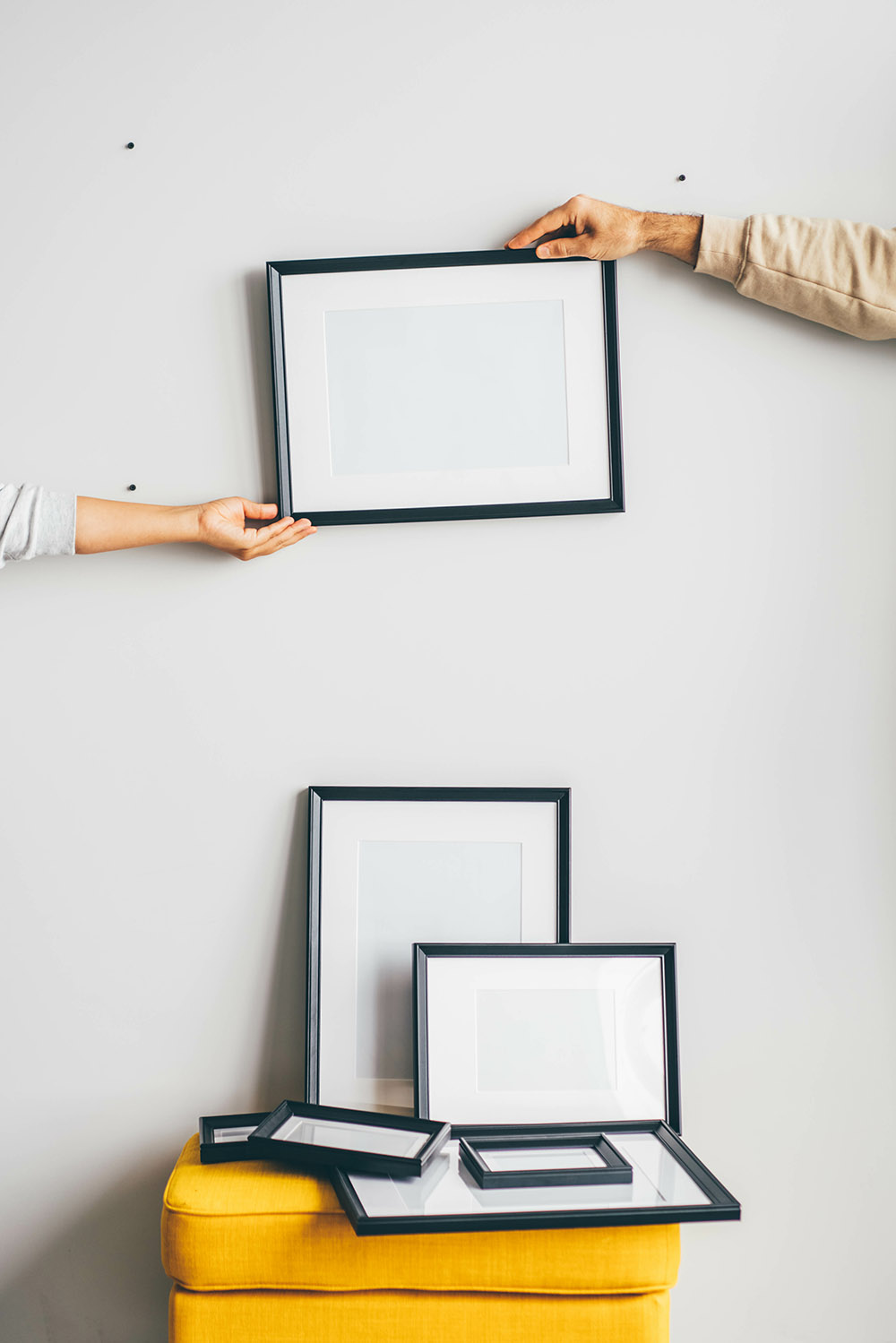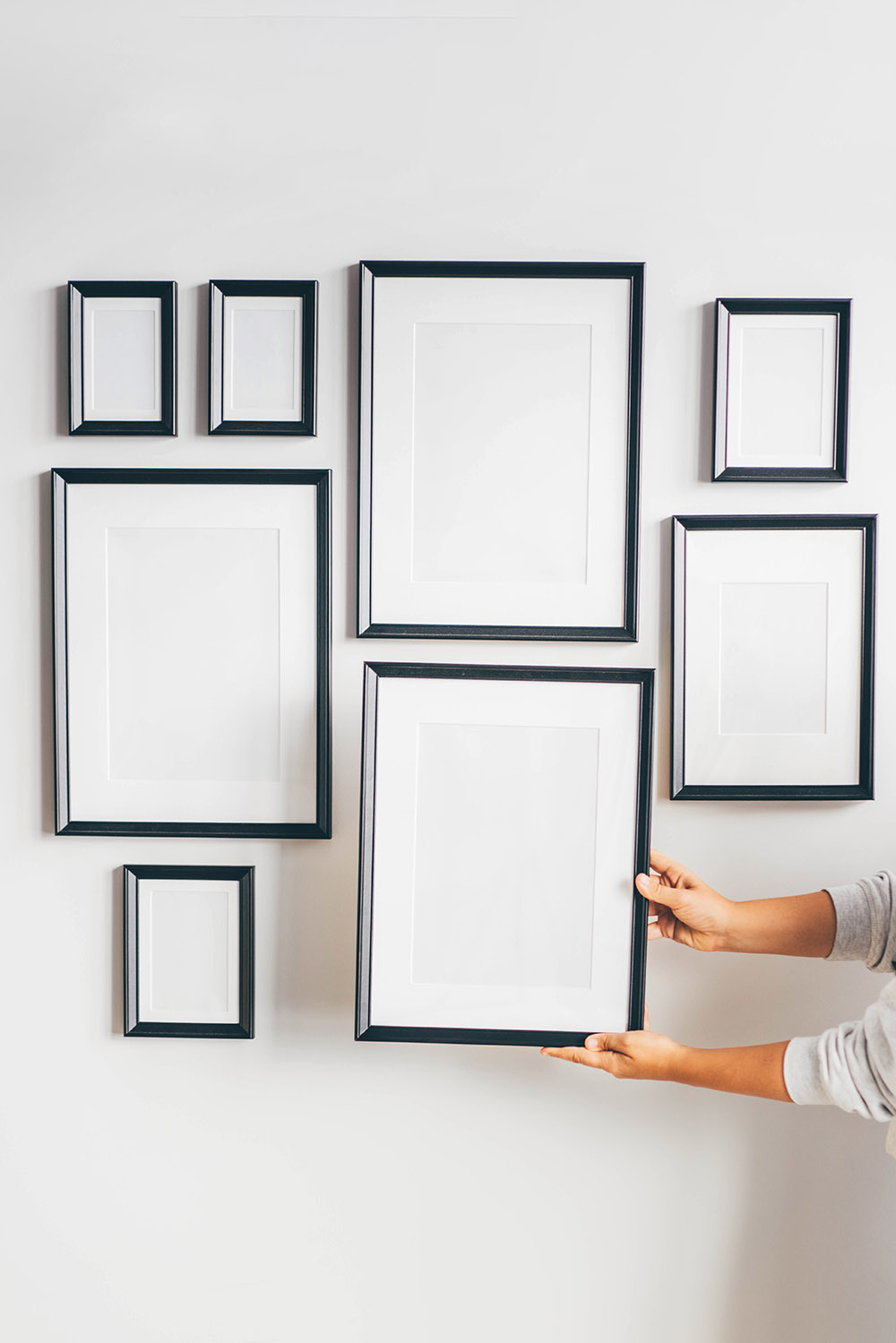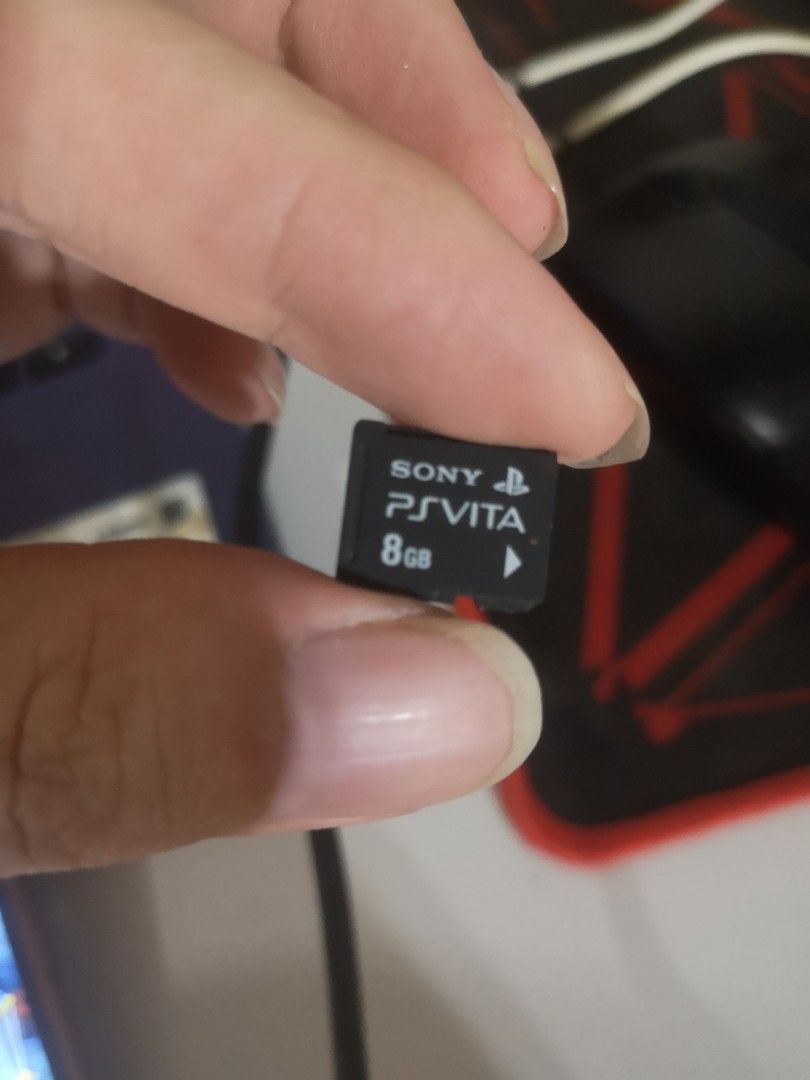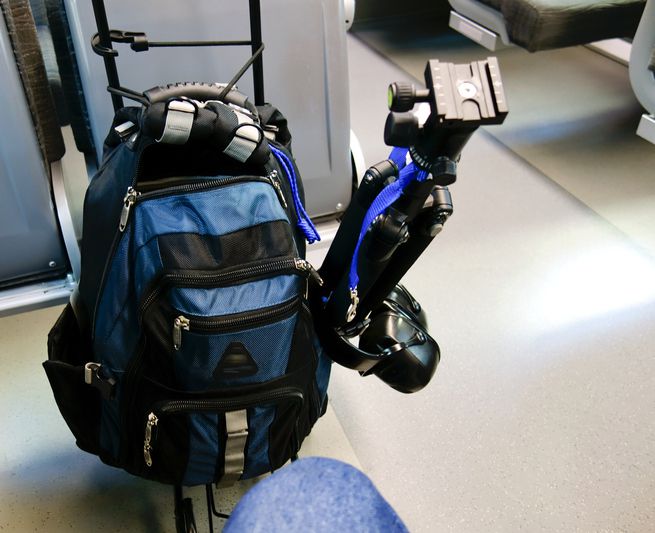Tripods aren’t just for photographers; they’re handy tools loved by photographers, videographers, content creators, and even astronomers. All about sharpness and framing, tripods allow you to take multiple shots of the same scene. So, understanding their design is key to picking the right one. But newbies might wonder about the number of legs of a tripod.
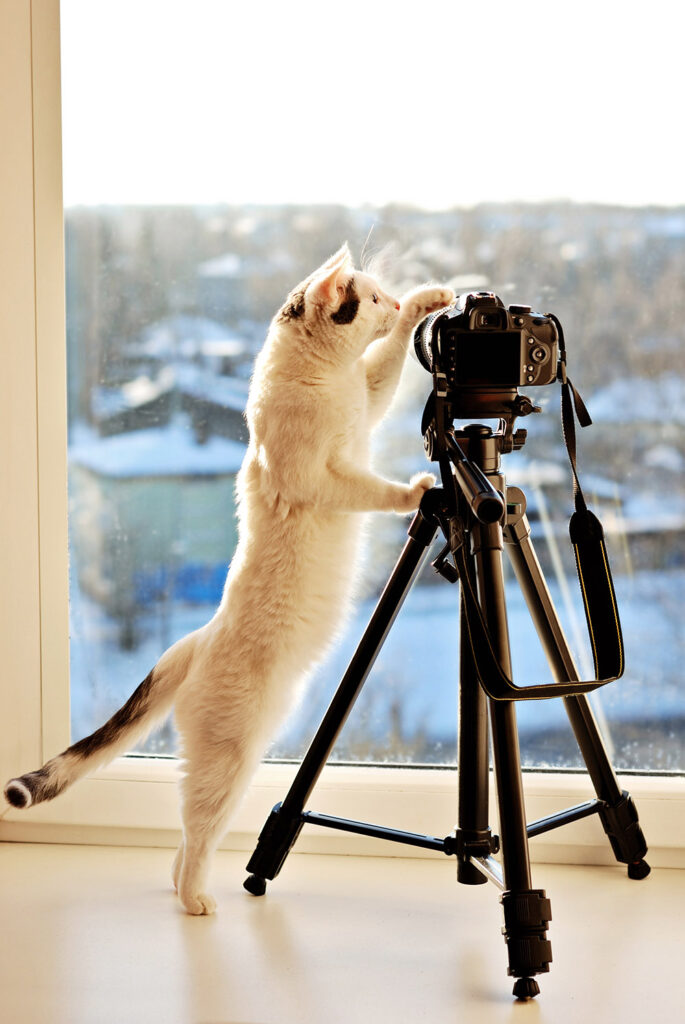
As someone who’s been snapping photos for years, we’re here to give you the lowdown on tripods. Keep scrolling to uncover their secrets!
In this article:
How Many Legs Do Tripods Have?
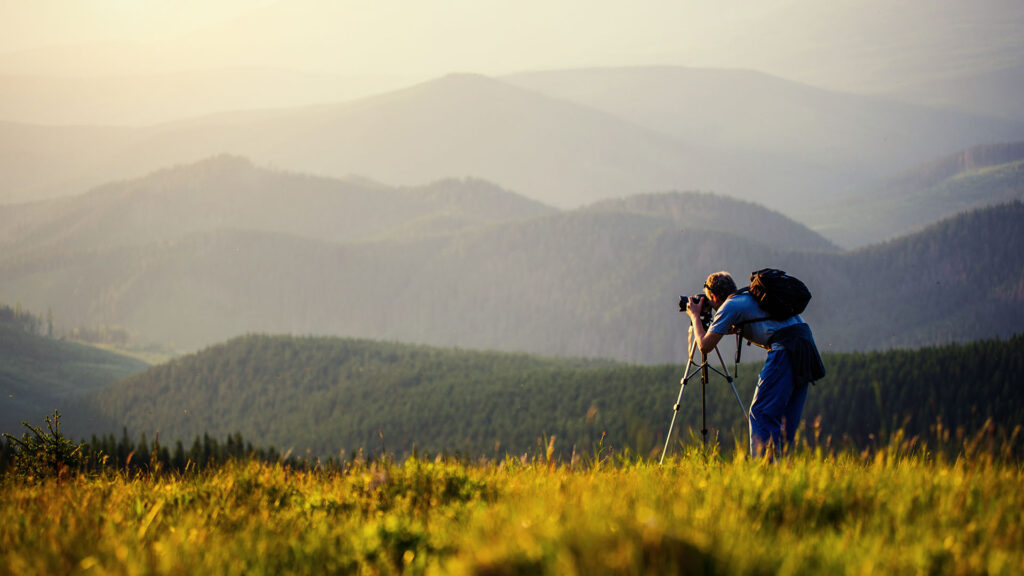
All photography tripods have three legs. The term ‘tripod’ comes from the Greek word ‘tripodos,’ which translates to ‘three-legged stool’. It combines ‘tri,’ signifying ‘three,’ with ‘pods,’ meaning ‘foot.’
Tripods come in two major forms: those with adjustable or fixed legs.
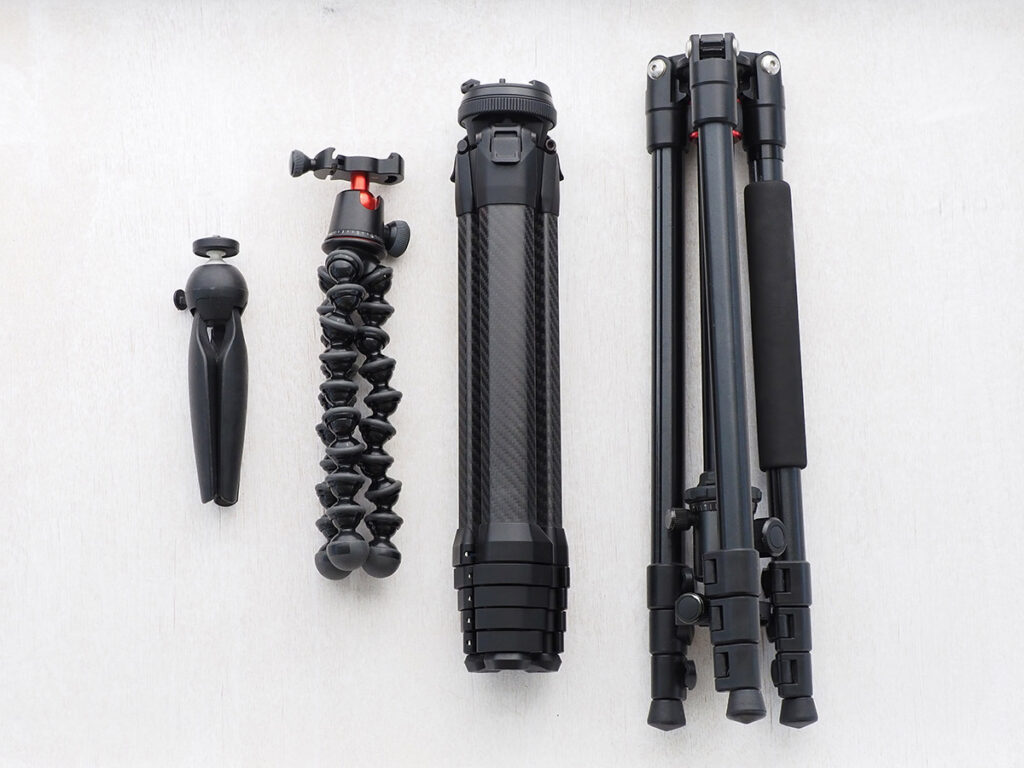
Adjustable-Leg Tripods:
These are common, especially in construction and outdoor settings where the ground can be uneven. They’re handy because you can adjust each leg for the perfect height, even on slopes. Plus, they’re easy to carry around with their retractable legs.
Fixed-Leg Tripods:
These tripods have legs that stay the same length all the time. They’re not as popular these days because adjustable ones are more versatile.
Now, why three legs? Three legs provide a solid, stable foundation. The weight is evenly distributed among the three legs, ensuring stability. If we added a fourth leg, we’d have a “quadpod,” which would serve the same purpose but wouldn’t necessarily be more stable. So, there is no such thing as a single-leg or a four-legged tripod.
Common Types of Tripods
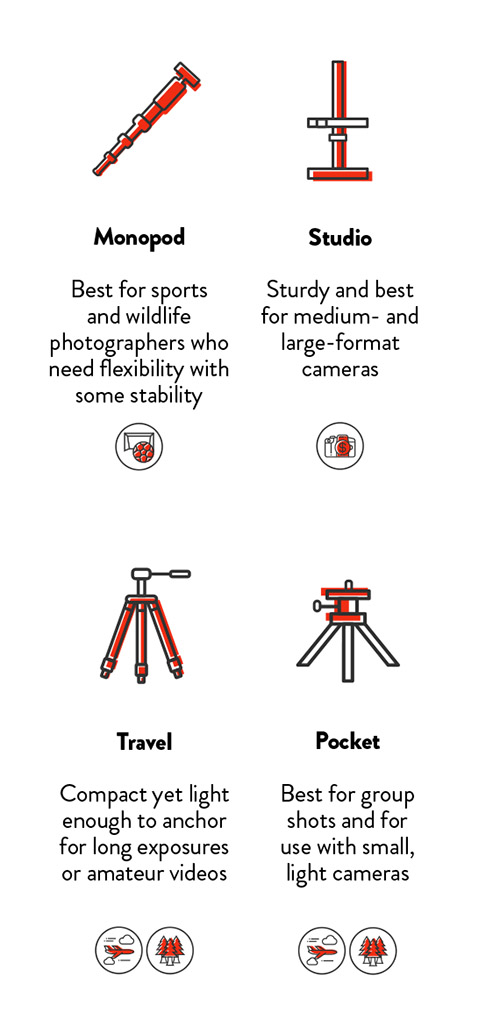
Regular Tripods
According to our experience, in photography, a tripod is your go-to portable tool for supporting, stabilizing, and elevating your camera, flash unit, or any other gear you might need. Every photographic tripod has three legs and a mounting head designed to connect with your camera securely.
The mounting head typically features a thumbscrew that fits into the camera’s female-threaded receptacle and mechanisms for rotating and tilting the camera once it’s mounted.
Tripod legs often telescope to save space when you’re not using them. Their materials can be aluminum, carbon fiber, steel, wood, or plastic.
Monopods
A monopod is nearly like a “tripod” but with just one leg. It is typically held in hand like a “selfie stick.” Some premium monopods even feature feet for stable ground placement.
The purpose of a monopod is to offer flexibility when capturing fast-moving subjects, like in run-and-gun filmmaking. Additionally, stability is a key goal of a monopod. It provides steadiness, reduces shaky footage, and supports equipment weight.
Tripods for Travel
A travel tripod is like your perfect travel buddy—it’s all about being light and sturdy so you can lug it around without breaking a sweat. It has to be small and light enough to tag along as hand baggage on your adventures but strong enough to handle a top-notch DSLR and a hefty telephoto lens.
Professional Studio Tripods
In studios, heavy-duty tripods are often found holding up big cameras like digital medium formats or ones with long telephoto lenses. Since studio work demands super-sharp images, these tripods must be rock-solid for maximum stability.
That’s why they’re often hefty and precision-engineered, even if they’re pricier. Unlike portable tripods, studio ones don’t have to be light or compact because they usually stay in one place.
Pocket Tripods
A pocket tripod takes portability to the next level compared to travel tripods. This tiny tripod is incredibly compact, almost fitting anywhere—like your pocket.
Primarily designed for use with phones, it’s perfect for stabilizing your camera on flat surfaces. For instance, it’s handy for keeping your phone steady on your workspace desk.
How Do You Properly Set Up a Tripod?
Alright, to make the most out of your tripod, here are a few tips from someone who’s been behind the lens for the best result:
First off, always make sure your gear fits together seamlessly. That means checking if your level or laser level lines up perfectly with your tripod.
Next up, have all the right attachments ready to go. You don’t want to be scrambling around looking for that laser-level detector when you’re already in the field.
Of course, keep your tripod in tip-top shape. A clean, well-maintained tripod is your best friend. Before you attach any instruments, please give it a quick once-over to ensure everything is in working order.
Last but not least, when you’re mounting those leveling devices, take a second to make sure those screws and bolts are just right—not too tight, not too loose. It’s all about finding that sweet spot for stability.
Step-by-step guide:
- Start by gently extending the legs and arranging them in an equilateral triangle shape. This ensures a stable foundation.
- Once the legs are spread out, firmly press the points of each leg into the even ground to support your tripod.
- Before installing any measuring tool or laser level, ensure the tripod head is adjusted to create a flat surface.
- After leveling the tripod head, take care to position the legs properly. Avoid bending them and gently push them into the ground at an angle for added stability.
For adjustable-leg tripods, ensure all three legs are secured at the proper height for your needs. This ensures optimal performance and comfort during use.
FAQs
What Is The Difference Between 3 And 4-Leg Tripods?
Thanks to their triangular base, three-legged tripods are compact, lightweight, and super stable. They’re perfect for shooting on the move while keeping vibrations to a minimum.
Four-legged ones might seem more stable, but they’re bulkier and heavier to carry around. It’s all about finding that balance between stability and portability.
Is A Tripod More Stable Than A Four-Legged Table?
Yes, a tripod is typically more stable than a four-legged table. The stability of a tripod stems from its three-point contact with the ground, which ensures that it remains balanced and sturdy. In contrast, a four-legged one may wobble or become unstable if one or more legs are uneven or if the surface it’s placed on is not flat.
What Are The Advantages And Disadvantages Of Using A Tripod?
Using a tripod has perks, like getting sharper photos, nailing those low-light shots, and maintaining consistent framing for multiple takes. Plus, they can save your arms from fatigue during marathon shooting sessions.
But let’s not overlook the downsides. Carrying around that extra weight and bulkiness isn’t always fun, and setting up can take longer than shooting handheld. It’s all about finding that sweet spot between stability and convenience.
See more: Tripod Screw Size 101
Conclusion
To sum up, tripods are like our trusty sidekicks in photography and videography, always there to provide that much-needed stability and precision. Whether capturing breathtaking landscapes or filming a bustling city scene, tripods keep our shots sharp and steady. So, next time you’re out shooting, don’t forget to bring your tripod—it’s the secret sauce to taking your work to the next level!

